Hubert Evans was born in 1892 in Vankleek Hill, Ontario, to William Edwin Evans and Frances Alberta Evans (nee Taylor). A year later they moved to Galt, Ontario, where Edwin took up a job as a schoolteacher at the Galt Collegiate Institute. All three of Hubert’s younger brothers – Charles, Gerald, and William – were born in Galt.
In later interviews Hubert maintained that there were two main things that his parents instilled in him from a very young age: a love of nature and a love of literature. His father would often take the family on camping trips and outdoor explorations, collecting nature samples and observing wildlife. They were also often read to – Edwin would read from the King James Bible (as a devout member of the Galt Methodist Church that was not surprising), while Frances (their mother) would read from more fantastical works, most notably the popular children’s novel The Water Babies. This love of literature came to fruition for the first time when Hubert won a Lipton’s Tea limerick contest for $1 when he was nine years old. These two differing values created a lifestyle that Hubert followed his entire life: a careful balance between mental and physical exertion. For every written word came something done by hand.
The very next year Hubert married his high school sweetheart, Anna Emily Winter. They had been faithful pen pals ever since their initial meeting in Galt when they were thirteen, even as he journeyed through journalism and military service, and as she graduated from the University of Toronto. With a similar “…own only what you can carry on your back” attitude in addition to this long history, it was no surprise that they eventually married (pg 11) . The official ceremony took place on June 29, 1920, in front of ten witnesses, but the lovebirds had their own private ceremony a few days before.
Through the years of the Depression Hubert set writing aside to focus on providing for his family. 1932 was the year he began commercial fishing. He used a technique called ‘hand-trolling’ and fished out of his handmade double-ended handliner – the same one that is on display at the Museum. Contrary to popular belief he did not make the boat on his own. He had a close friend and fellow fisherman help him over the course of a winter. We all know that handtrolling was a huge part of life on the Coast – it was how many people survived through the tough times of the depression. Local researcher Larry Westlake is the leading man when it comes to information on hand-trolling traditions on the Coast. Not only does he have many first-hand accounts of Coast fisherfolk but he has also built a fully functional replica of Hubert’s handliner.
At the end of his career By the end of his career Hubert Evans had published 21+ works, and was the quintessential “Coast Man”. He could write, read, build, and fish with the best of them. In addition to this, he had educational achievements: in 1981 he was the recipient of an honorary doctorate by SFU. In true Hubert Evans fashion he refused to make the long trip to the SFU campus, so the committee went to his small home in Roberts Creek. There was also a literary prize named after him: the “Hubert Evans Prize”. It is awarded to the top British Columbian non-fiction writer of the year, every year, in Vancouver.

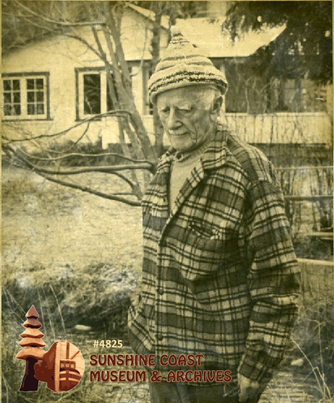
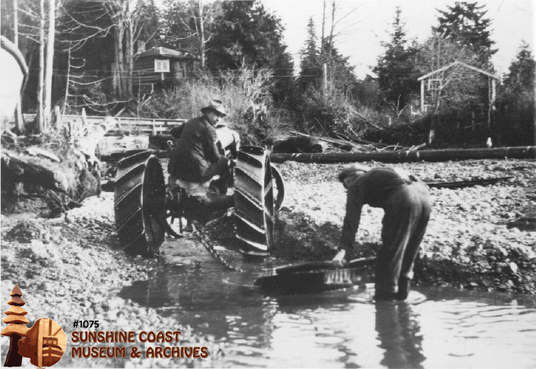
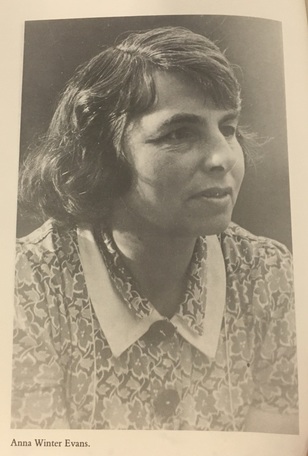

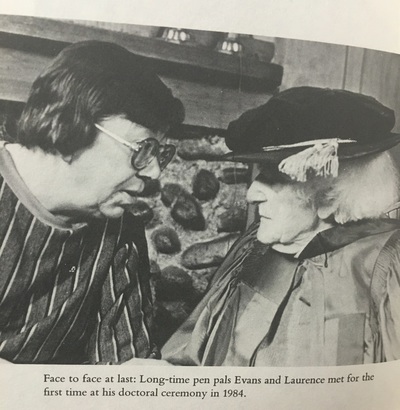



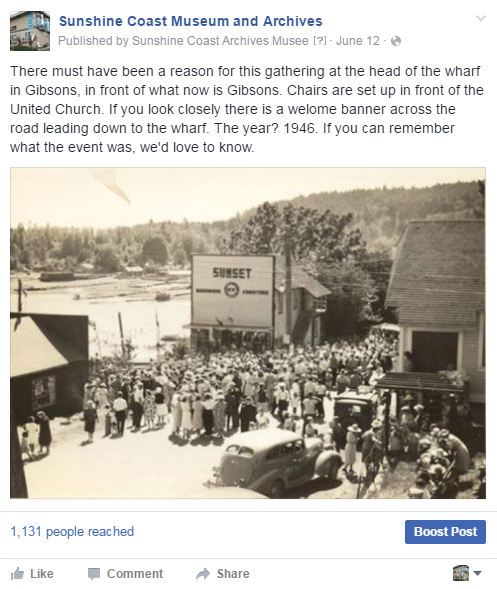
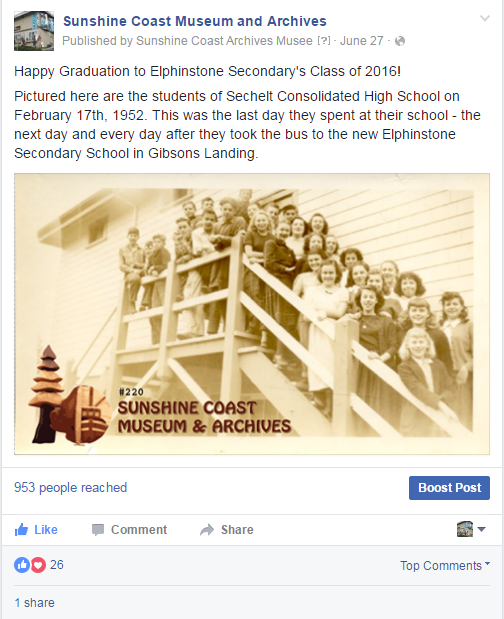
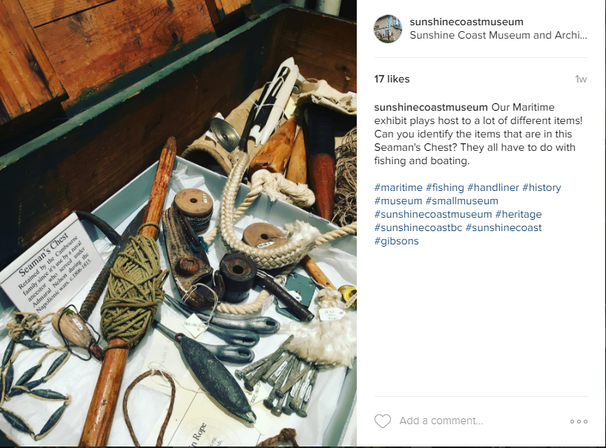
 RSS Feed
RSS Feed
